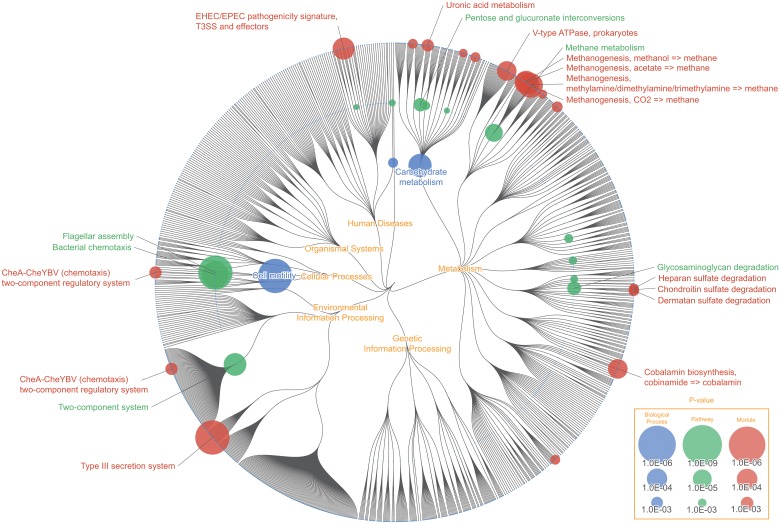Fig 5. Functional enrichment of human gut microbiota.
Color node represents biological functions of the human gut microbiota that were uniquely enriched compared to microbiota of other human body sites. For the KO functional layer, node size corresponds to the inverse p-value of Wilcoxon signed-rank test, and for the remaining functional layers, node size corresponds to the inverse p-value of Fisher’s exact test. Pathways that were uniquely enriched in the human gut microbiota were, “Flagellar assembly (map02040)”, “Bacterial chemotaxis (map02030)”, “Methane metabolism (map00680)”, and “Glycosaminoglycan degradation (map00531)”. Modules including “Type III secretion system (map03070)” and “Cobalamin biosynthesis, cobinamide = > cobalamin (M00122)” were shown to be highly enriched on the KEGG Module layer, but not so on the KEGG Pathway layer, which exemplifies a situation where the enrichment pattern differs based on different functional layer, thus supporting the importance for a broad visual overview of the data.

